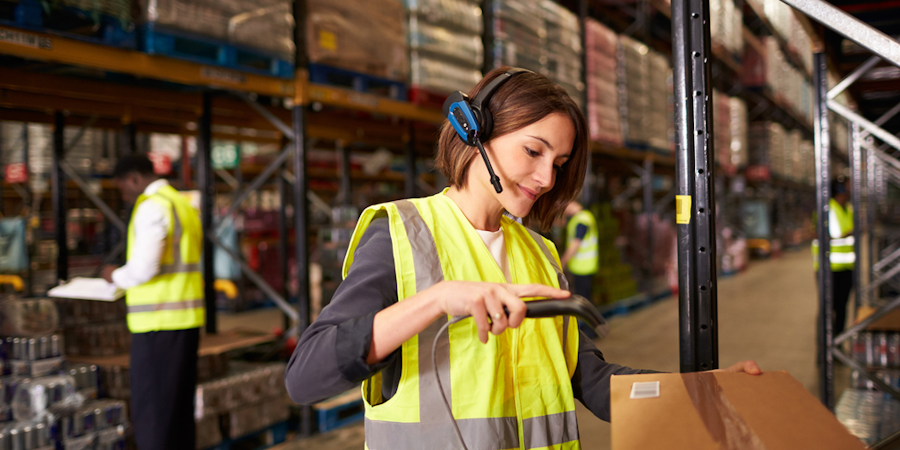News
The Role of Big Data in Warehouse Operations

Getting a closer look at your performance data can lead to big improvements in your productivity. By gathering data on the little things, you can make big returns on your investment.
Big data is all the rage in the supply chain sector. Analysis of global logistics has helped businesses make massive savings by identifying niche areas of improvement never before identified. These benefits penetrate all the way down to the warehouse operations level, where you too can take advantage of the insights gained from big data.
Benefits of Big Data in Materials Handling
Modern warehouses and distribution centres are often as high-tech as the products they store and send out to consumers. With the increase in technology solutions that manage labour, inventory and equipment, warehouses now generate a wealth of information. We will also start to see an increase in automated materials handling systems and equipment, like electric forklifts that track their own data, that will further add to the growing warehouse knowledge pool.The abundance of data these new "smart" warehouses generate is helping companies improve facility, labour, and equipment productivity; increase safety; boost throughput and inventory accuracy; and prolong the life of key equipment such as forklifts, conveyors and even racking.The potential to track minute performance data of your forklift fleet can provide actionable data including battery usage, impact history and service needs. This allows you to identify opportunities to maximise your forklift fleet so that every forklift is operating as efficiently as possible.When every forklift truck is performing to maximum efficiency, you will start to see increased productivity and reduced costs.Carefully analysing labour performance metrics can help companies predict labour needs during specific periods. For example, if a company runs 50,000 lines in a set number of hours with a specific number of employees, a warehouse manager can break that down on a time scale to predict the amount of time and labour the operation will need to handle whatever volume comes in next. This is particularly helpful when predicting seasonal and allows you to accurately schedule overtime and backup forklifts without going over budget.
How to Gather Big Data in Warehouses
Sensors and scanners are essential to gathering big data in warehouses. By placing detectors and sensors in key locations on forklifts, racking and conveyors, you can capture a wide berth of operational data.Once the data is captured, it's up to warehouse managers to discover what insights they can glean and what actions they should take based on the data. This will, of course, be unique to every operation.Equipping forklifts with data-collecting sensors is often an easy place to gain some valuable insights. Impact sensors, that detect when a forklift bumps into something, and load sensors, which help to measure distance travelled with and without a load, are just two examples of detectors that can generate data for you. From this data, you can tell if you need to develop operator forklift training, or address a forklift tracking issue.Sensors on racking can keep you informed as to the structural integrity of your shelving, as well as their balance and, by monitoring weight, the amount of stock on any one shelf.When using sensors in this way, you should connect your fleet wirelessly, so data capture is seamless and requires no action from the operator.The most effective kinds of big data capture are the ones that are unobtrusive. After all, you still need to continue normal warehouse operations while data capture is taking place.Moving forward, big data will be able to reveal more opportunities to increase efficiencies and productivity within your warehouse operations generally, and forklift fleet specifically.
Subscribe
Keep up to date with PHL and all things forklift machinery.